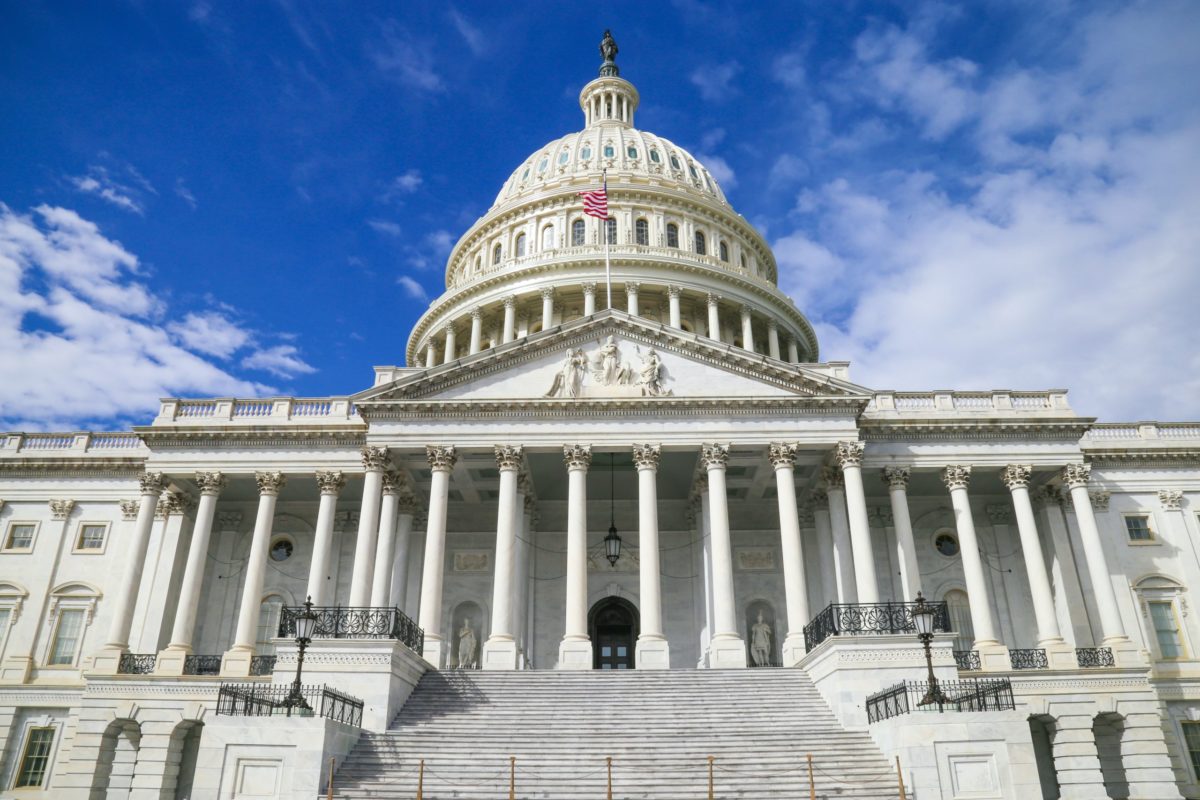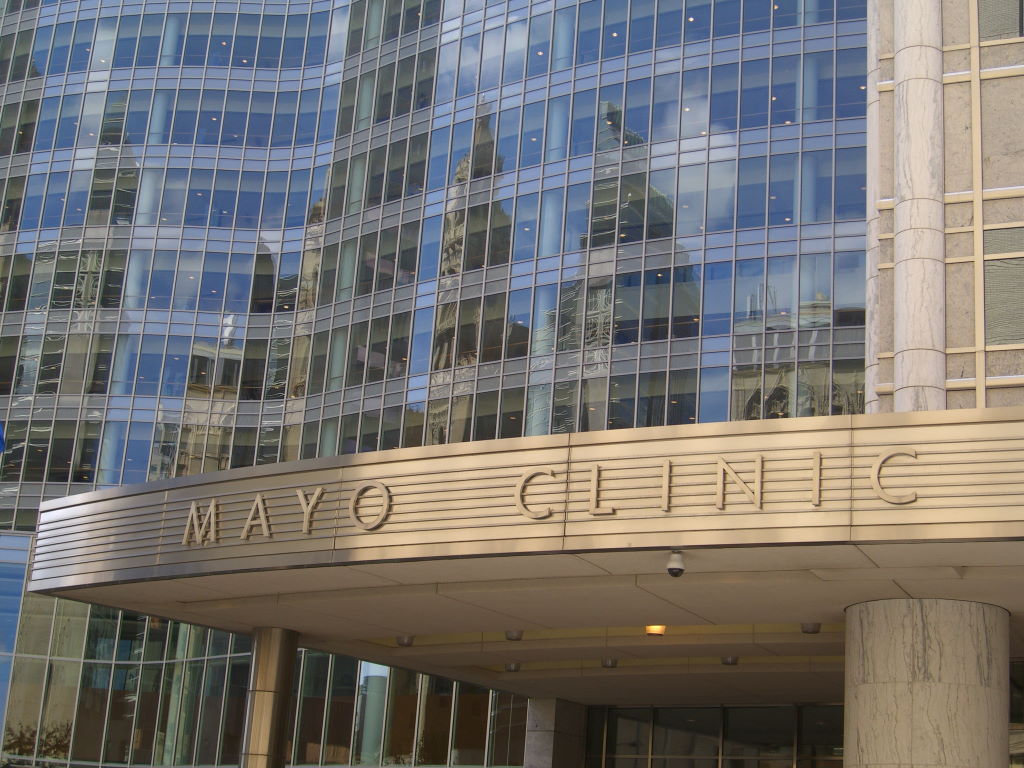Author: Lisa Hyde-Barrett

Asbestos Isn’t Banned in America – Yet
It is easy to understand why so many people falsely assume that asbestos is banned in the United States. There are decades of research that prove that toxic fibrous asbestos crystals can cause mesothelioma and lung cancer in even the smallest quantities. While many of asbestos’ applications are now limited, there are unfortunately still loopholes in current legislation.
In 1989, there was a partial ban on manufacturing, importing, processing, and distributing products that contained asbestos, as well as a ban to prevent asbestos from being utilized for new purposes. The asbestos industry fought back, and so gaps in the law prevail.
Consumer products such as baby powder, children’s makeup, and crayons continue to be flagged as having the carcinogen. Manufacturers of these products are not required to warn consumers if asbestos accounts for less than one percent of ingredients, even though it is known that even small amounts can cause cancer. They should be required to do so.
America is the only developed country to have not yet imposed a complete ban on asbestos.
According to the U.S. Geological Survey, while the last American manufacturer of asbestos ceased operations in 2002, the United States imported 681 tons of asbestos in 2018 with Russia as its sole source. Beyond this, the USGS 2020 Mineral Commodity Summary of asbestos noted that some asbestos minerals are also imported as part of manufactured products, “including brake blocks for use in the oil industry, rubber sheets for gaskets used to create a chemical containment seal in the production of titanium dioxide, certain other types of preformed gaskets, and some vehicle friction products.”
Organizations like the Mesothelioma Applied Research Foundation (CureMeso) and the Asbestos Disease Awareness Organization (ADAO) are currently leading the battle to finally ban asbestos in the United States. Linda Reinstein founded the ADAO in 2004 in response to her husband’s diagnosis of mesothelioma, and continues to this day to raise public awareness about the dangers of exposure and to work towards a global asbestos ban.
The Alan Reinstein Ban Asbestos Now Act of 2019 is currently in committee with both the U.S. Senate and House of Representatives, and is ready for a vote of the full house. The bill, if enacted, “prohibits the manufacturing, processing, and distribution of asbestos or any mixture or article containing asbestos.” ADAO has been lobbying for the bill to come up for a vote in both chambers of congress.
If you would like to support efforts to get the bill passed to ban asbestos in America, you can sign ADAO’s petition on Change.org or make a donation to them or CureMeso today.

Mesothelioma Patients Can Safely Get Treatment Through Telehealth and Video
The COVID-19 virus has disrupted all of our lives and routines. Things that we always did and places we always went are no longer available. The pandemic has forced us to all look at things we routinely do and challenged us to do them differently.
Like in business, in medicine sometimes small disruptions can lead to larger innovative changes. In the treatment of malignant mesothelioma, disruptors have led the way. Over the years we have seen doctors challenging the previously held belief that there was no treatment for malignant mesothelioma time and time again. The treatment options and longer quality of life that many mesothelioma patients are now able to be part of was not an option 20 years ago.
Before the pandemic, having a doctor’s visit for the vast majority of people involved going to the office or clinic at an appointed time, waiting, and meeting with the doctor. Patients diagnosed with malignant mesothelioma had the option of travelling to a Mesothelioma Center of Excellence to consult with experts in the field. Since the pandemic, with social isolation and doctors offices and clinics closed to prevent the spread of the virus, there has been a surge of tele-health visits.
The U.S. Department of Health and Human Services’ Office for the Advancement of Telehealth promotes the use of telehealth technology for health care. Their definition of tele-health is “the use of electronic information and telecommunications technologies to support and promote long-distance clinical health care, patient and professional health-related education, public health and health administration. Technologies include videoconferencing, the internet, store-and-forward imaging, streaming media, and terrestrial and wireless communications.”
In 2018, tele-health was 0.1 percent of all medical claims filed. Since the pandemic those numbers are exploding.
Tele-health has made possible consults and reviewing of scans and meetings with mesothelioma experts. As things are starting to open back up, so are the patients coming back to the mesothelioma centers for in-person consultations.
Like any new technology telehealth has pros and cons. Some people have commented that you have the MD’s full attention without the distractions of an office and other responsibilities. Other people have missed the personal interaction and meeting in person with their doctor.
The coronavirus has brought to the forefront a technology that can benefit a lot of people as they search for the best advanced personalized care for themselves or loved ones with mesothelioma. Tele-health can help malignant mesothelioma patients connect with a mesothelioma center without having to travel. It will take awhile to assess how tele-health will be accessed and have the best results for patients. For patients, their satisfaction with tele-health will need to be studied and evaluated to continue to efficiently access tele-health with the best results.
If you or a family member is diagnosed with malignant mesothelioma reach out, either electronically or in person for the best possible care. Our experts can help connect you with both the medical and legal resources you need to move forward.

Mesothelioma Centers of Excellence are Open for Patients
We frequently suggest to patients and patient’s families to seek out a Mesothelioma Center of Excellence if diagnosed with this rare disease. For many, this includes traveling to get care at one of these centers. When the pandemic was first at its peak, a lot of travel was suspended and many just did not feel comfortable traveling away from home. For some who live locally to their Mesothelioma Center of Excellence they were able to have treatment but that was not the case for everyone.
Each state has lifted some restrictions that were incorporated during the crisis of the pandemic, and the Mesothelioma Centers of Excellence are open. Many physicians have adapted to telehealth visits to accommodate patients during the pandemic. Thankfully, we are a world of technology and many test results, scans, and lab values can be expedited from your hometown medical center to an expert of mesothelioma, allowing a lot of preliminary work to be done prior to your arrival.
If you are traveling to a Mesothelioma Center of Excellence, we have some suggestions:
- Inquire about their protocols for arrival of appointments. Do you need to call and announce your arrival prior to coming into the office?
- Can a family member or friend accompany for the visit? If not, can you call in and be placed on speaker phone while the consult is active with physician and patient?
- Are you required to bring hard copies of scans, reports, etc.?
- Will your visit require an overnight stay at local hospital? If so, can they help with accommodations?
- Asking what you should expect during this visit. The Mesothelioma Center consists of many medical professionals. Will you meet them in person?
These are a few suggestions to make your visit more streamlined. We urge you to get to a Mesothelioma Center of Excellence as soon as possible, as this is a very aggressive disease. The medical professionals realize this is a difficult situation coupled with the world’s current situation. We want you to know the centers are here for you.
There have also been many volunteer opportunities that continue to be available to help you facilitate your treatment for your mesothelioma. For example, Angel Flights has been successful in transporting patients for treatments and returning them home. Please reach out to us or a Mesothelioma Center so we can assist you with making the connections that can help you with your disease.

Coronavirus & Mesothelioma Treatment: One Patient’s Story
The COVID-19 pandemic upended our usual routine and impacted all of our lives. For people that needed medical treatment it became a different experience. Having treatment for anything but coronavirus related illness became the exception. No visitors were allowed in the hospitals for patients no matter what their diagnosis. Many people put off necessary treatment for a later time. Facing cancer at any time is frightening. Facing treatment for a rare cancer such as malignant mesothelioma, alone without your loved ones, can add another layer of stress.
Reading and hearing about people’s experiences you think would prepare you for seeing it in person. Whether it is physical or psychological the suffering is real.
Our patient was a middle aged man who has malignant pleural mesothelioma. His presenting symptom was a cough that would not go away. He was worked up for it and he was a surgical candidate which he opted to have. The time between his symptoms and being diagnosed was a few months. Things were on track for surgery, and he lived locally near his Mesothelioma Center. Things were lining up for him in a timely fashion, but then the pandemic came and things changed.
It is known that patients facing a cancer diagnosis do better with family support. Since most cancer treatment is on an outpatient basis that is where the majority of support happens. However, the period in the hospital is unfamiliar and frightening – it can be terrifying. Our patient was dropped at the hospital and stayed in for greater than 30 days. He had a support system, but no visitors were allowed into the hospital. For his inpatient stay he remembers being confused, afraid, and convinced that he was dying. During this month-long stay he praised the staff of the hospital, but explained that not to see your loved ones when you are confused was too much. Frequent phone calls were no substitute for seeing someone who is supporting you through this stressful time. His hospital course was complicated and since discharge he has been experiencing many different emotions. Usually someone in control of his emotions, he finds himself crying frequently and unexpectedly. As he is processing this trauma he and his loved ones are realizing what an important part that support plays in a person’s physical and psychological recovery.
Treatment for mesothelioma is difficult under the best of circumstances but during the pandemic it became harder. As people start to come for specialized treatment to a Mesothelioma Center of Excellence please know that their team is very tuned in to how vital support from their loved ones is during this time.

What Are Clinical Trials and How Can They Advance Treatment?
COVID-19 has impacted our daily lives throughout the U.S. This previously unknown virus that has caused the pandemic we are currently in has scientists all over the world researching for a cure.
The virus is educating a lot of people about the clinical trial process. As scientists race to find a cure for this deadly virus, the process that is in place for approval for new medications, treatments, and vaccinations is being questioned. Why does it take so long? Why is participation so low?
Patients, family members, and experts who are dealing with malignant mesothelioma know that the process to improve therapy leading to a cure is slow. There are requirements as the process is rigorous with defined stages, criteria, and approvals.
One of the challenges of conducting a clinical trial is to get participation in the trial. All participation is voluntary and can be withdrawn at any time. It is estimated that less than 5 percent of all adult patients diagnosed with cancer participate in clinical trials. Some of the reasons people give for not participating are:
- Lack of awareness, patients didn’t know about it.
- They don’t think they qualify.
- Fear and safety involved.
- The inconvenience of location or added responsibilities.
- Confusion over whether it is covered by insurance.
It is reported that 25 percent of cancer trials failed to enroll a sufficient number of patients, and 18 percent of trials closed with less than half the targeted enrollment.
Research from 2019 gives another perspective. The article published in the Journal of the National Cancer Institute in March of 2019 written by Unger JM, Validya R, Hershman DL, et al did a systematic review and analysis of the structural, clinical, and physician and patient barriers to cancer clinical trial participation. Their findings in a study funded by the National Cancer Institute included that:
- 55.6 percent of patients did not participate in a trial because no trial was available for their type or stage of cancer at their treatment center.
- 21.5 percent of patients were ineligible due to criteria that did not include them such as co-morbidities.
- 22.9 percent of patients had physician and patient related barriers, such as not being asked to participate or refusing by the patient.
As we continue to live through this pandemic and people are becoming more aware of the clinical trial process, there are reports of up to 16,000 people – mostly young – that have offered to participate in the development of a vaccine. They are volunteering to be given the vaccine and then exposed to the coronavirus as part of a study to evaluate a vaccine that is still in the experimental phase.
COVID-19 has changed our lives. Hopefully a new awareness of the opportunity to participate in clinical trials for all diseases will be one of the positive results that comes from the pandemic.
Free Mesothelioma Patient & Treatment Guide
We’d like to offer you our in-depth guide, “A Patient’s Guide to Mesothelioma,” absolutely free of charge.
It contains a wealth of information and resources to help you better understand the condition, choose (and afford) appropriate treatment, and exercise your legal right to compensation.
Download Now